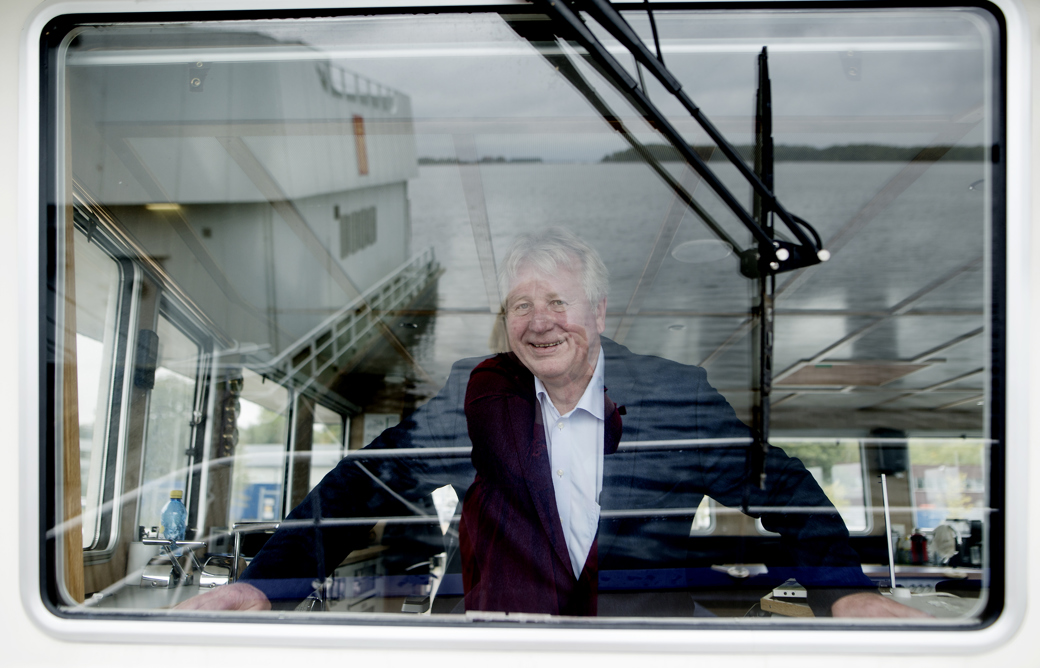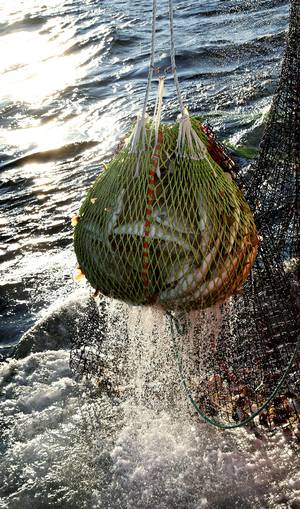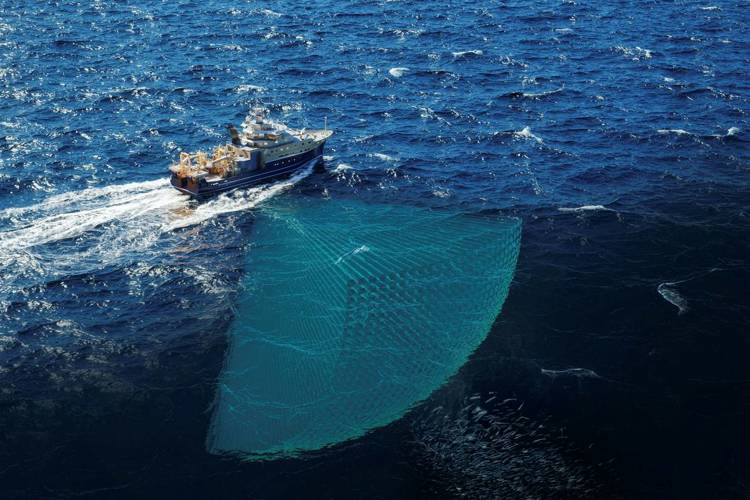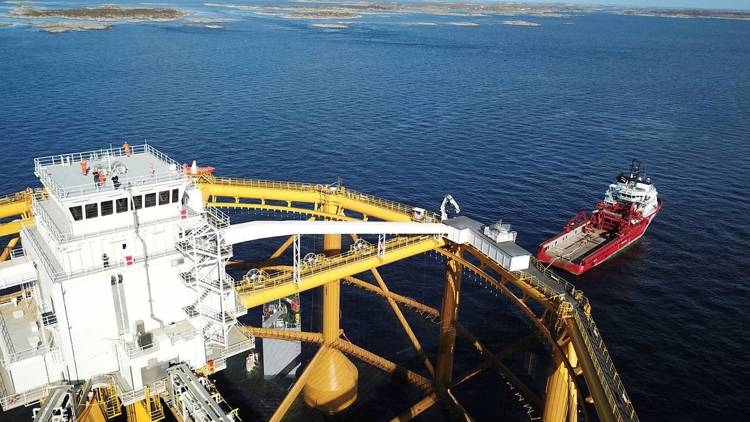
Saving the world’s most important larder
During the war, the technology was used for submarine detection. Now it ensures delivery of food supplies to large parts of the world’s population.
The sea is being emptied of its fish, in many places. If nothing is done, stocks of commercially exploitable fish in the Pacific Ocean may be depleted by 2050. It has been estimated that 71 per cent of fish stocks have grown smaller over the last decade in Europe and Central Asia. This is according to a report from the UN’s nature panel.
This is nothing new. The first fish stocks off the Norwegian coast began to fall as early as the 1960s.

–Until the 1960s the dominant perception was that it was impossible to deplete fish stocks, says Research Director Geir Huse from the Norwegian Institute of Marine Research.
On that occasion it was the stocks of the Norwegian spring spawning herring that collapsed. Since then, several fish stocks around the world have suffered the same fate. And it could easily happen again. According to the WWF, fishing fleet capacity would allow us to fish twice as much fish as the oceans can produce.
quotas save the sea

The next food source?
Total catches are fairly stable in the Norwegian Continental Shelf. The introduction of quotas and steadily improving tools for surveying fish resources mean that we are approaching an optimum exploitation of stocks.
–We have applied the technology that was used to detect submarines during the war and have developed it to find fish, explains Olav Vittersø, Kongsberg Maritime’s “Director of Fishing”.
This is now helping fishermen to catch the right fish, and the authorities to set more accurate quotas. The research centre CRISP (Centre for Research-based Innovation in Sustainable fish capture and Processing technology),works continuously to create echo sounders and sensors that give fishermen, researchers and the authorities a steadily improving picture of submarine life and the underwater world. CRISP is a partnership between, among others, the Norwegian Institute of Marine Research and Kongsberg Maritime.
Fishing quotas are a good example. Kongsberg Maritime’s technology is currently responsible for determining 80 per cent of these quotas around the world. But today, huge amounts of fish are dumped onto the sea bed. Technology is now being adopted to stop this.
–Sonar technology can be used to determine the species and size of individual fishes and also the size of the shoal. This knowledge allows to avoid catching fish that should not be caught, explains Huse.In the same way, smart use of sensors prevents trawlers from damaging coral reefs and other marine resources on the seabed and can monitor how the oil and gas industry affects the fisheries along the coast.
–Our task is to develop technology that will give the world more sustainable fisheries. This technology is now also been put to use in other areas, says Vittersø.

this is Simrad and Kongsberg Maritime
Simrad is the brand name for fishing and fishery research products in the Kongsberg Group, and is part of Kongsberg Maritime. The company was established by Willy Simonsen after World War II to sell radio communication to the fishing industry. During the war, Simonsen was involved in research into radio, echo sounders and sonar (acoustics) in the United Kingdom. In time, the company developed echo sounders and sonar as a way to help fishermen find fish.
Simrad was acquired by the Kongsberg Group in 1996 and is now Kongsberg Maritime’s brand name for products aimed at fishing and maritime research all over the world. The company's product portfolio now integrates both satellite communication (through Kongsberg Satellite Services) and digital ecosystem monitoring with solutions from Kongsberg Digital. The sea is the largest untapped food resource in the world. FN and Sintef base their estimates on the food we harvest from the sea multiplying several times by 2050. This will require more sustainability, more aquaculture and harvesting of raw materials other than fish. In the future, new industries are expected to grow using seaweed, kelp and algae.
The fish cage Ocean Farm 1 shows how Kongsberg Maritime, on assignment from the fish farmer Salmar, is developing the next generation of food at sea. Sensors in the cage provide an overview of the fishes’ health and welfare to form a basis for optimising production. Other solutions, in which the cage is sunk and the fish are fed under water, are expected to reduce fish lice infestations. The technology makes it possible to monitor the entire ecosystem in and around the cage. The next step for the Kongsberg Group is to develop solutions that cover the sea's entire ecosystem.
–Our focus has moved from simply counting fish to drawing a holistic picture of marine ecosystems. Our final step is now that we can survey plastic in the oceans”. We believe that such measurements will become the most important tool for sustainable oceans in the future”, says Vittersø.